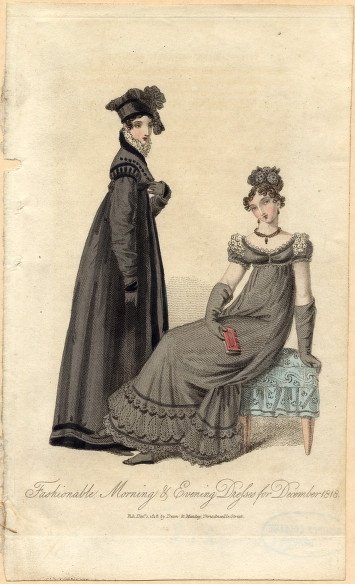
In the early 19th century, Lublin was the second largest city in the kingdom of Poland. It grew in importance after 1816, when numerous regional offices for the Lublin Voivodeship were headquartered in the city. The growing number, and the increasing affluence, of its residents in turn led to the emergence of greater – and more metropolitan – cultural appetites. Lublin was becoming an important stop for touring artists and for theatre troupes. The city was made even more attractive with the construction of a venue designed as a permanent theatre – earlier performances had taken place in smallish halls or, in the summer, on outdoor stages, vulnerable to the vagaries of the weather. The Lublin theatre was the second purpose-built venue of this sort in Poland, preceded only by Kraków’s Old Theatre. It would perform its function, inasmuch as the owners’ determination allowed, for over six decades, until a new municipal theatre opened in 1886.





